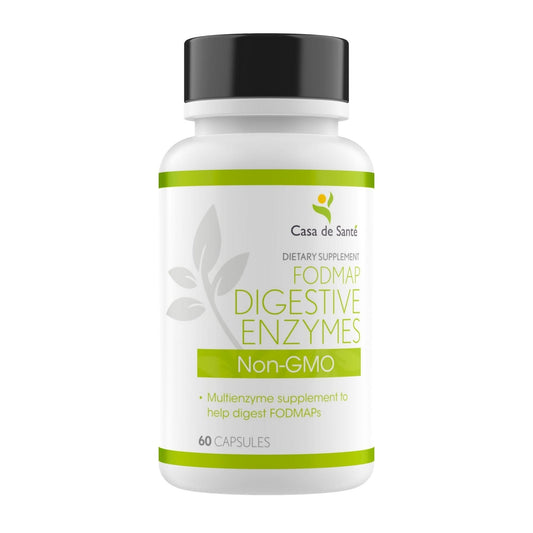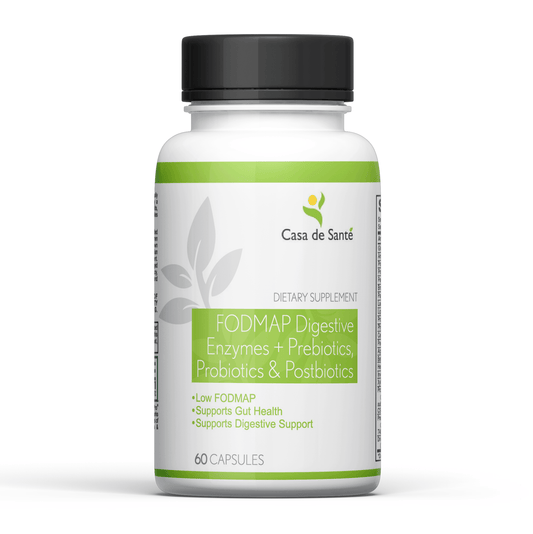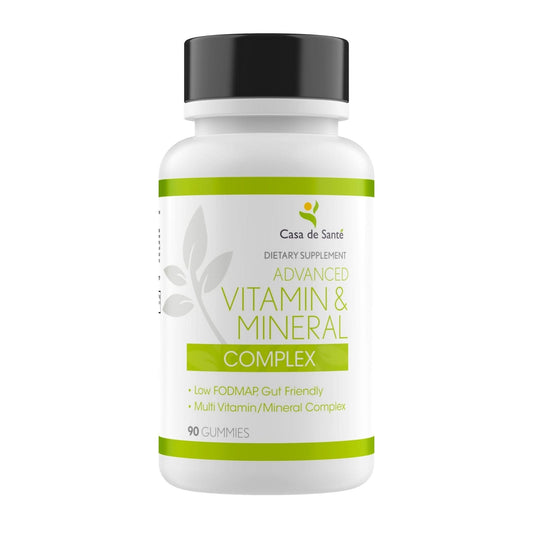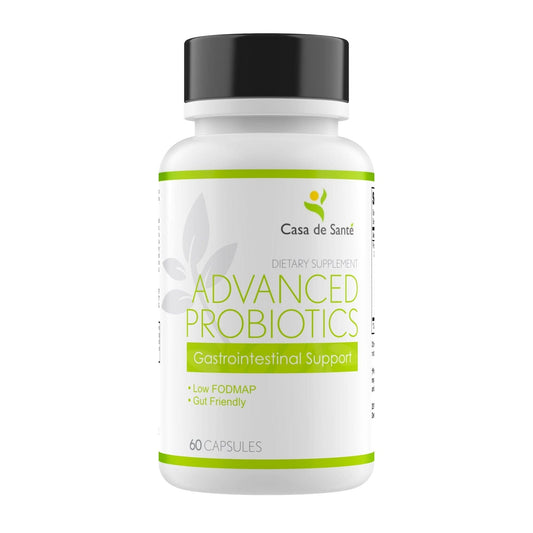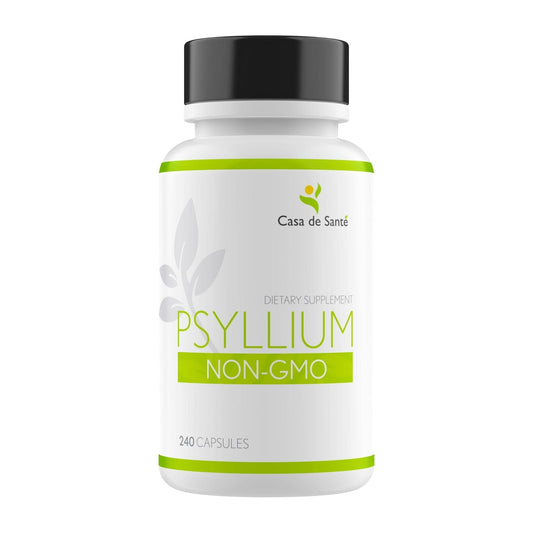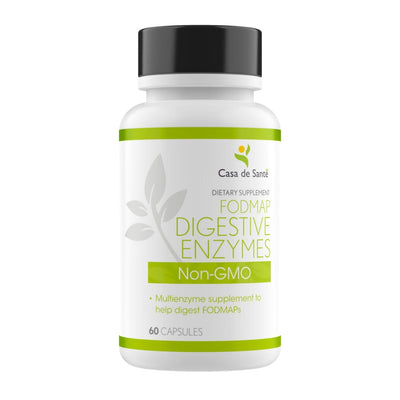Understanding Probiotics Die-Off Symptoms: Causes, Relief, and When to Worry
Understanding Probiotics Die-Off Symptoms: Causes, Relief, and When to Worry
Starting a probiotic regimen can be an important step toward better digestive health, but for some people, the journey begins with unexpected discomfort. If you've recently begun taking probiotics and suddenly feel worse instead of better, you might be experiencing what's known as "die-off" symptoms. This temporary reaction, while unpleasant, often signals that positive changes are happening within your gut microbiome. Let's explore what probiotic die-off really means, how to manage these symptoms, and when you should consider reaching out to a healthcare professional.
What Is Probiotic Die-Off?
Probiotic die-off, also known as the Jarisch-Herxheimer reaction or simply "Herx reaction," occurs when beneficial bacteria introduced through probiotics begin competing with harmful microorganisms in your digestive tract. As these harmful bacteria die, they release endotoxins—substances that can temporarily trigger inflammatory responses in your body.
This reaction is actually a sign that the probiotics are working, creating a shift in your gut microbiome as beneficial bacteria begin to establish colonies and crowd out unwanted microorganisms. Think of it as a necessary renovation project—sometimes things get messier before they get better.
The Science Behind Die-Off Reactions
When probiotics enter your system, they create an environment that's inhospitable to harmful bacteria. As these unwanted microbes die, they release cellular components and toxins into your bloodstream faster than your body can eliminate them. Your immune system responds to these substances, triggering inflammation and various symptoms that can make you feel temporarily worse.
This process is particularly common in individuals with significant gut dysbiosis—an imbalance in the microbial communities living in your digestive tract. The more imbalanced your gut was to begin with, the more pronounced these die-off symptoms might be as your microbiome rebalances itself.
Common Die-Off Symptoms to Recognize
Die-off symptoms can vary widely from person to person, depending on factors like your existing gut health, the specific probiotic strains you're taking, and your individual sensitivity. These symptoms typically appear within a few days of starting probiotics and may last anywhere from a few days to a couple of weeks.
Digestive Symptoms
The most common die-off reactions affect the digestive system directly. You might experience temporary bloating, gas, or abdominal discomfort as your gut microbiome adjusts. Some people report changes in bowel movements, ranging from constipation to diarrhea. Nausea can also occur, particularly if taking probiotics on an empty stomach.
These digestive symptoms make sense when you consider what's happening: your entire intestinal ecosystem is undergoing a significant transformation. For those with particularly sensitive digestive systems, supplementing with a comprehensive enzyme complex can help ease this transition. Products like Casa de Sante's low FODMAP certified digestive enzymes are specifically designed to support those with sensitive digestion during these adjustment periods, helping to break down difficult-to-digest foods while your gut microbiome rebalances.
Systemic Symptoms
Beyond digestive discomfort, die-off can trigger systemic symptoms that affect your entire body. These might include headaches, mild fever, fatigue, or general malaise—similar to how you might feel at the beginning of a cold. Some people report skin reactions like rashes or acne flare-ups as toxins are processed and eliminated through the skin.
Mood changes can also occur, including irritability or even a temporary worsening of anxiety or depression symptoms. This connection highlights the important gut-brain axis, where changes in gut health directly influence neurological function and mood regulation.
Cognitive Symptoms
The "brain fog" that sometimes accompanies probiotic die-off can be particularly frustrating. You might experience difficulty concentrating, memory issues, or general mental fatigue. These cognitive symptoms stem from the inflammatory response triggered by die-off toxins, which can temporarily affect brain function.
This mind-gut connection demonstrates just how interconnected our bodily systems truly are, and why addressing gut health often leads to improvements in seemingly unrelated areas like mental clarity and cognitive function.
Managing Die-Off Symptoms Effectively
While die-off symptoms can be uncomfortable, there are several strategies to minimize their impact while still allowing the beneficial microbiome changes to occur. The goal isn't to eliminate the process entirely, but rather to make it more manageable.
Gradual Introduction Approach
One of the most effective ways to minimize die-off symptoms is to start with a lower dose of probiotics than recommended and gradually increase over time. This "low and slow" approach gives your body time to adjust to the changing microbiome without overwhelming your detoxification pathways.
Consider starting with half the recommended dose for the first week, then slowly increasing to the full amount over several weeks. This measured approach can significantly reduce the intensity of die-off reactions while still providing the benefits of probiotic supplementation.
Hydration and Detoxification Support
Staying well-hydrated is crucial during probiotic die-off, as water helps flush toxins from your system more efficiently. Aim for at least 8-10 glasses of filtered water daily, and consider adding electrolytes if you're experiencing diarrhea or excessive sweating.
Supporting your body's natural detoxification pathways can also help manage die-off symptoms. Gentle activities that promote lymphatic flow, like walking or rebounding, can be beneficial. Some people find relief through warm Epsom salt baths, which provide magnesium and support detoxification through the skin.
Digestive Support Supplements
During the die-off period, providing additional digestive support can make a significant difference in comfort levels. Professional-grade digestive enzyme supplements like those offered by Casa de Sante contain a comprehensive blend of 18 targeted enzymes that work synergistically to break down proteins, carbohydrates, fats, and fiber. This support is particularly valuable during probiotic die-off, as it reduces the digestive burden while your gut is rebalancing.
These enzyme complexes are especially helpful for those following specialized diets like low FODMAP, Paleo, or Keto, as they can help break down difficult-to-digest components in foods that might otherwise exacerbate die-off symptoms. The dual protease complex, along with bromelain and papain, provides comprehensive protein support, while amylase and alpha-galactosidase help optimize carbohydrate digestion during this sensitive transition period.
When to Be Concerned About Symptoms
While most die-off symptoms are temporary and manageable, there are situations where you should seek medical advice. Understanding the difference between normal die-off and potentially serious reactions is important for your safety.
Duration and Severity Red Flags
Normal die-off symptoms typically resolve within two weeks as your body adjusts to the probiotic regimen. If symptoms persist beyond this timeframe or worsen over time instead of gradually improving, it's time to consult with a healthcare provider. This could indicate that something other than die-off is occurring.
Severity is another important consideration. Mild to moderate discomfort is expected with die-off, but severe symptoms warrant immediate attention. These include high fever (above 101°F), severe abdominal pain, persistent vomiting, bloody stools, or signs of dehydration such as extreme thirst, dry mouth, or dizziness.
Allergic Reactions vs. Die-Off
It's crucial to distinguish between die-off symptoms and allergic reactions to probiotic ingredients. Allergic reactions typically occur much more quickly after taking a supplement and may include hives, itching, swelling (especially of the face, tongue, or throat), severe dizziness, or difficulty breathing.
If you experience any signs of an allergic reaction, discontinue the probiotic immediately and seek emergency medical care. Unlike die-off symptoms, allergic reactions can be life-threatening and require prompt intervention.
Optimizing Your Probiotic Experience
With the right approach, you can minimize die-off symptoms while maximizing the benefits of probiotic supplementation. A few strategic adjustments to your routine can make a significant difference in your experience.
Timing and Food Pairings
When you take your probiotics can significantly impact both their effectiveness and the likelihood of experiencing die-off symptoms. Many people find that taking probiotics with food helps reduce digestive discomfort. A small meal or snack can buffer the introduction of probiotics into your system, potentially reducing the intensity of die-off reactions.
For those experiencing significant die-off symptoms, pairing probiotics with digestive enzymes can provide additional support. Taking 1-2 capsules of a comprehensive enzyme complex like Casa de Sante's professional-grade formula at the beginning of meals helps optimize digestion while your gut microbiome adjusts to the probiotic intervention.
Lifestyle Factors That Influence Die-Off
Several lifestyle factors can either exacerbate or alleviate die-off symptoms. Stress, for example, can worsen the inflammatory response associated with die-off. Incorporating stress-reduction techniques like meditation, deep breathing, or gentle yoga may help moderate these reactions.
Sleep quality also plays a crucial role in how your body processes die-off. During deep sleep, your body performs much of its detoxification and repair work. Prioritizing 7-9 hours of quality sleep each night can significantly improve your body's ability to handle die-off with minimal symptoms.
Finally, temporarily reducing your intake of sugar, alcohol, and processed foods can lighten the burden on your digestive system during this transition period. These dietary adjustments, combined with proper supplementation support, create an optimal environment for your microbiome to rebalance with minimal discomfort.
Conclusion
Probiotic die-off symptoms, while temporarily uncomfortable, often signal positive changes occurring within your gut microbiome. By understanding what causes these reactions and implementing strategic management techniques, you can navigate this transition period more comfortably while still reaping the long-term benefits of probiotic supplementation.
Remember that supporting your body with proper hydration, gradual introduction of probiotics, and complementary digestive enzymes can significantly reduce die-off discomfort. Products designed specifically for sensitive digestive systems, like Casa de Sante's professional-grade enzyme complex, provide valuable support during this transition by enhancing nutrient absorption and reducing digestive stress while your gut microbiome rebalances.
With patience and the right support, you'll likely find that any temporary discomfort from probiotic die-off gives way to improved digestive function, enhanced immunity, and better overall wellbeing—making the journey well worth the effort.



